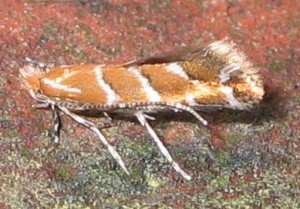Dr Craig Venter made the news last week in a big way. As The Guardian put it:
Craig Venter and his team have built the genome of a bacterium from scratch and incorporated it into a cell to make what they call the world’s first synthetic life form.
It’s an amazing feat of biotechnology, and the process he and his team produced might result in some incredible applications down the road. What I find interesting about the process, however, is how well it illustrates that life simply cannot come about as the result of random chemical reactions guided by some sort of selection process. In other words, this stunning achievement really demonstrates the impossibility of abiogenesis.
The scientific report of Venter and his team’s accomplishment can be found on the website of the journal Science1. I finally got around to reading it, and it is truly fascinating. When you look at the details of how they created their “synthetic” life form, you find that Venter and his team relied on already-living systems not once, not twice, but a total of three times. Without relying on these already-living systems, they would not have been able to produce their “synthetic” cell.
Continue reading “Synthetic Life Shows the Impossibility of Abiogenesis”




